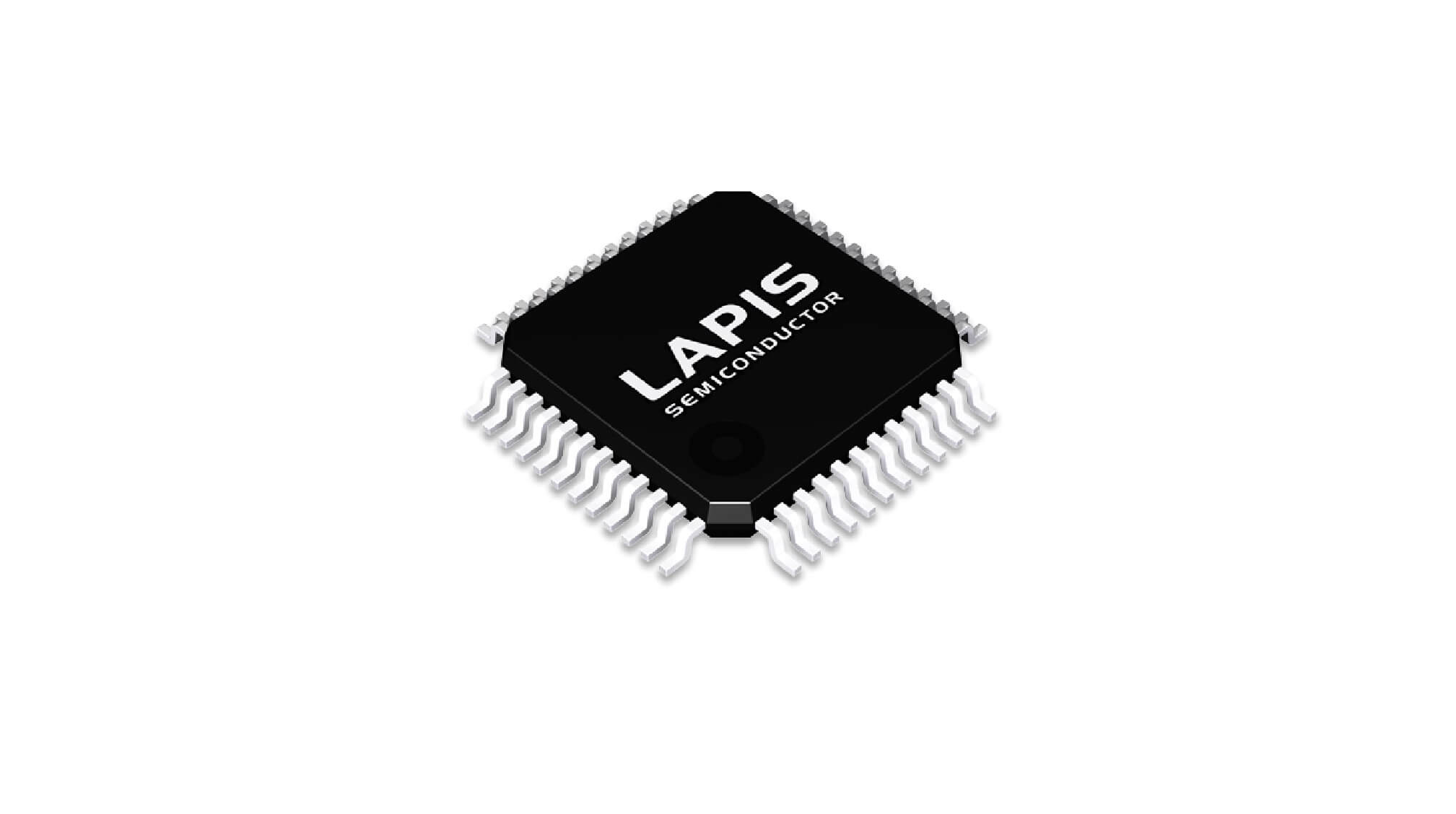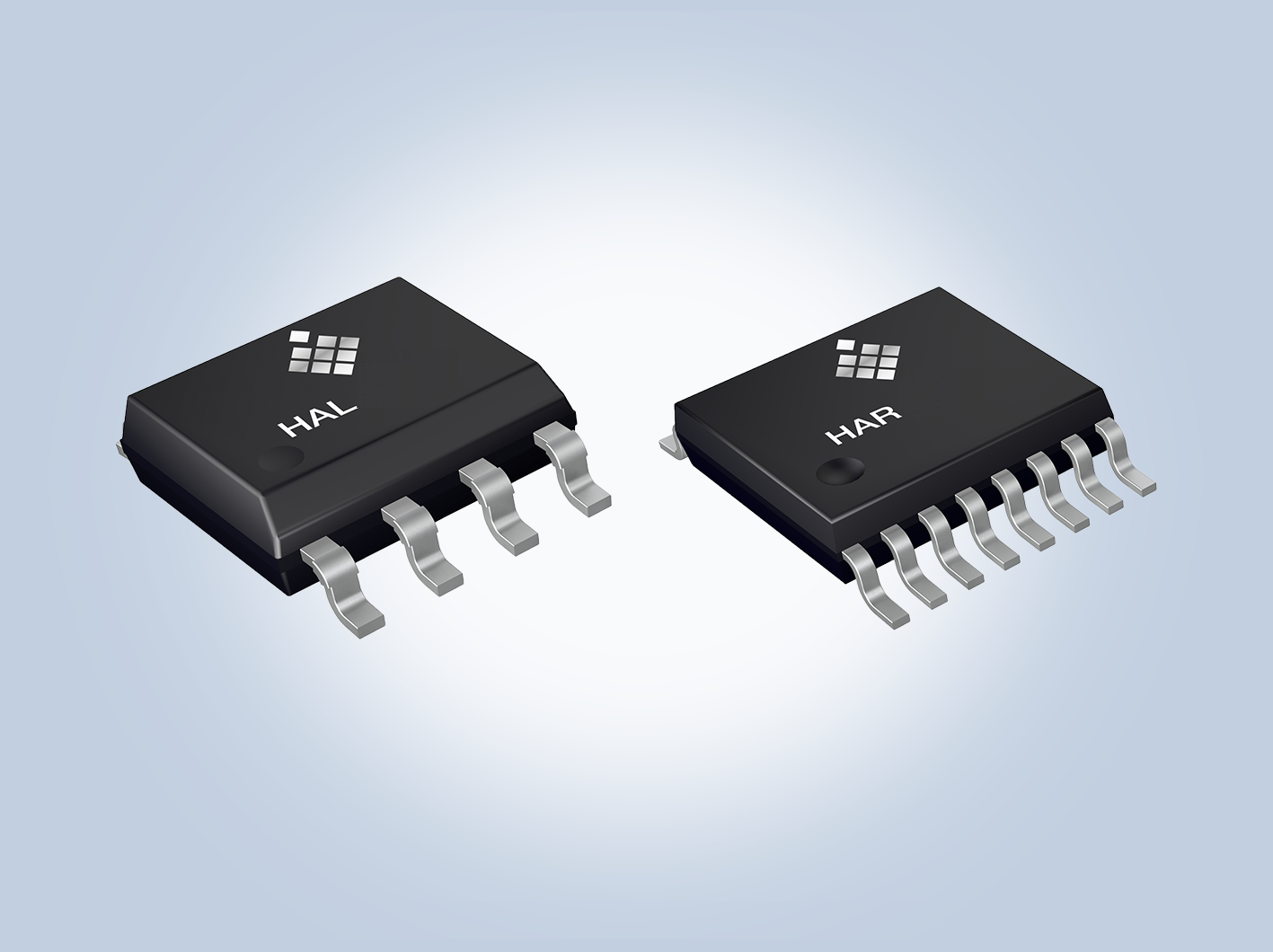Among the mainstream MCUs in the market, 8-bit MCUs have outstanding cost performance, and 32-bit MCUs have powerful functions. On the contrary, 16-bit MCUs do not seem to have outstanding features. Designers generally prioritize 8-bit MCUs and 32-bit MCUs when designing, and 16-bit MCUs seem to be no longer favored. However, recently, ROHM's LAPIS has released the latest generation of 16-bit MCU series, the ML62Q1000.
The ML62Q1000 series is a general-purpose 16-bit MCU that is divided into 120 types according to the pin and flash configuration. Among them, the flash memory range is 16~512K, and the package pin is 16~100pin. The entire system is divided into built-in and non-built-in LCD drivers.
The entire series has been upgraded in the working environment and can now reach -40 to +105 °C. The anti-jamming capability has also improved. The product passed the IEC61000-4-2 standard and was tested using the ML62Q1367/1557 reference board. The result far exceeded the ±8kV of class 4 of IEC61000-4-2, reaching ±30kV.
The ML62Q1000 series has passed the Class B certification of the IEC60730 standard. The series has a clock self-test function. When the crystal oscillator of the system stops, the MCU can detect it through the internal clock detection circuit and switch to the RC circuit. In addition, there are 13 protection functions for each port self-test, watchdog check, and parity check.
In order to facilitate the user to program, the ML62Q1000 is equipped with ISP (In System Programming) function. This eliminates the need for a dedicated programmer and allows the system to be upgraded using the UART interface. The DataFlash is set inside the chip to store preset parameters, and the user can also erase by ISP function.
Since the 32-bit MCU in the market has become mainstream, will the 16-bit product launched this time be the last 16-bit MCU? ROHM Semiconductor replied that the power consumption of the products is still not low enough, and they will introduce a more low-power 16-bit MCU series. On the other hand, ROHM will also make some market-specific functional adjustments on 16-bit MCUs, such as adding display functions and touch buttons, and may add voice functions to the current MCU in the near future.












All Comments (0)